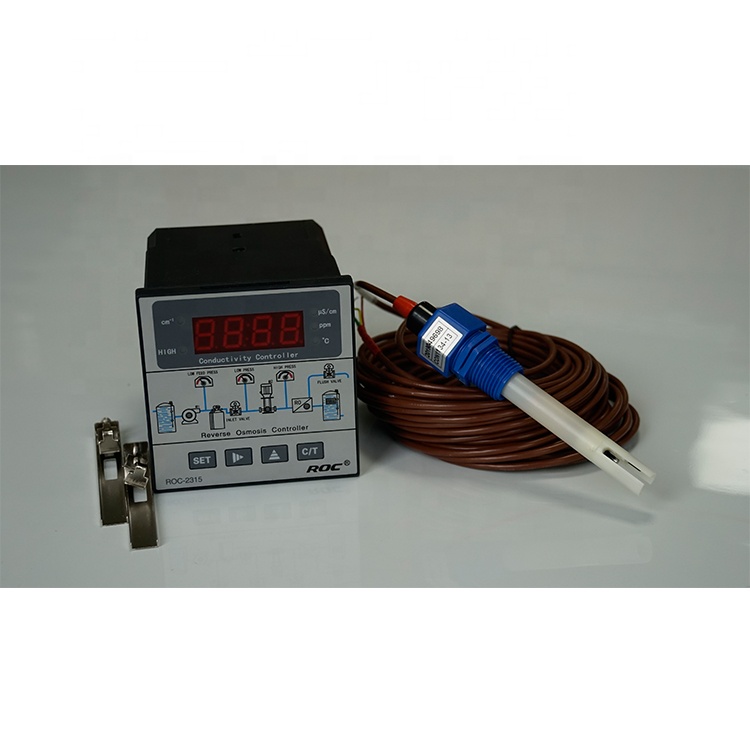“Unleash the Power of Oxygen: Discover the Peak of Aquatic Vitality.”
Factors Affecting High Dissolved Oxygen Levels in Water
Factors Affecting High Dissolved Oxygen Levels in Water
Dissolved oxygen is a crucial component for the survival of aquatic organisms. It refers to the amount of oxygen gas that is dissolved in water. The level of dissolved oxygen in water can vary depending on various factors. Understanding these factors is essential for maintaining a healthy aquatic ecosystem.
One of the primary factors that affect the level of dissolved oxygen in water is temperature. As temperature increases, the solubility of oxygen decreases. This means that warmer water can hold less dissolved oxygen compared to colder water. Therefore, during hot summer months, the dissolved oxygen levels in water tend to be lower. On the other hand, during colder seasons, such as winter, the dissolved oxygen levels are generally higher.
Another factor that influences the level of dissolved oxygen in water is the presence of aquatic plants. Aquatic plants play a vital role in the process of photosynthesis, where they convert carbon dioxide into oxygen. During daylight hours, when photosynthesis is actively occurring, the dissolved oxygen levels in water tend to be higher. However, during nighttime, when photosynthesis ceases, the dissolved oxygen levels can decrease.
The presence of algae in water can also impact the level of dissolved oxygen. Algae are microscopic plants that can grow rapidly under certain conditions, such as high nutrient levels and warm temperatures. When algae blooms occur, they can cover the surface of the water, blocking sunlight from reaching aquatic plants. As a result, the photosynthesis process is hindered, leading to lower dissolved oxygen levels.

Water turbulence is another factor that affects the level of dissolved oxygen. Turbulence refers to the movement or agitation of water. When water is turbulent, it allows for greater contact between the air and water, facilitating the exchange of gases, including oxygen. Therefore, areas with high water turbulence, such as waterfalls or rapids, tend to have higher dissolved oxygen levels compared to stagnant or still water.
The presence of pollutants in water can also impact the level of dissolved oxygen. Pollutants, such as chemicals or organic matter, can consume oxygen during the process of decomposition. This can lead to a decrease in dissolved oxygen levels, making the water uninhabitable for aquatic organisms. Additionally, certain pollutants can also interfere with the ability of aquatic plants to perform photosynthesis, further reducing the dissolved oxygen levels.
Lastly, the depth of water can influence the level of dissolved oxygen. In shallow water, sunlight can penetrate to the bottom, allowing for photosynthesis to occur throughout the water column. This results in higher dissolved oxygen levels. In contrast, deeper water receives less sunlight, limiting the photosynthesis process and leading to lower dissolved oxygen levels.
In conclusion, several factors can affect the level of dissolved oxygen in water. Temperature, the presence of aquatic plants and algae, water turbulence, pollutants, and water depth all play a role in determining the dissolved oxygen levels. Understanding these factors is crucial for maintaining a healthy aquatic ecosystem and ensuring the survival of aquatic organisms. By monitoring and managing these factors, we can help maintain high dissolved oxygen levels in water and promote a thriving aquatic environment.






